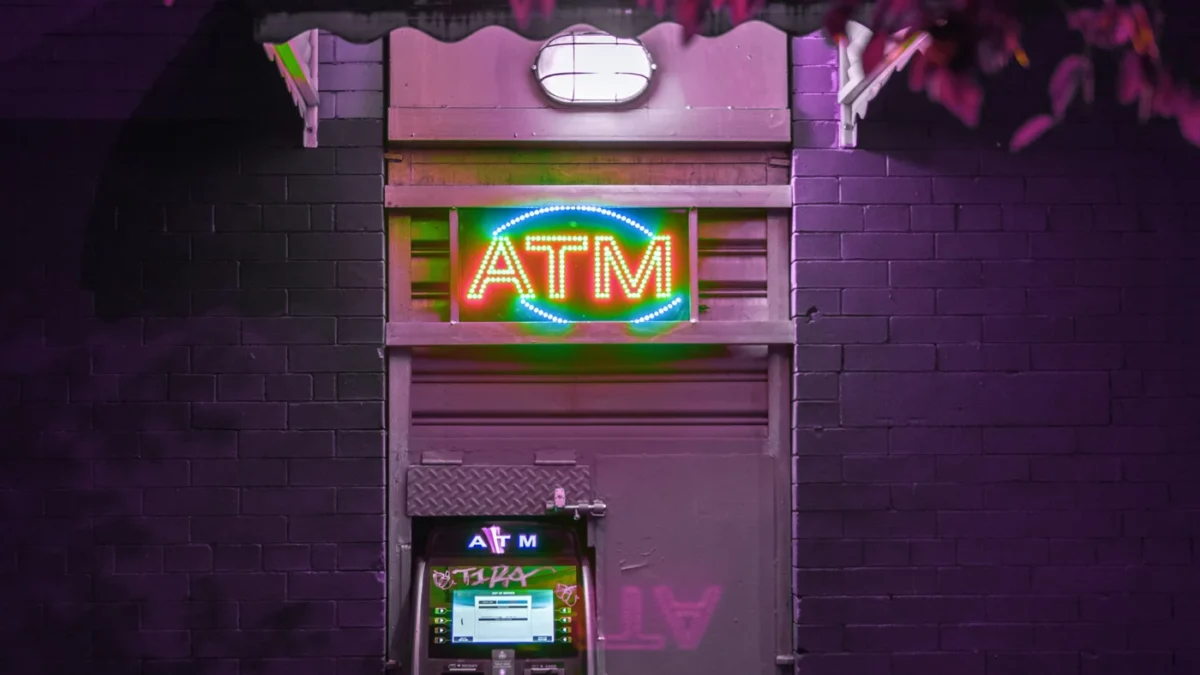

Where the money begins: First minted money in Anatolia
Money is an old invention. Interestingly, it was originally invented in Anatolia. From there, concept then quickly spread all over the world. Prior to this, any demanded commodity chosen by the common consent was used as money. As human civilization progressed, barter changed into metallic commodities such as gold and silver and in 600 BC, the first official minted money was introduced. Money performs four duties: It is a medium of exchange, a value measuring unit, a tool to determine standards, and a storage medium. Over time, these four duties have slowly but steadily become digitalized.
“Charg-it”: The First Credit and Debit Cards
Today, we don’t need anything physical at all, money has become a stream of 0s and 1s. The development that accelerated the digitalization process of fund transfer and credit usage was the introduction of cards nowadays called “plastic money”, credit cards in particular. Originally mentioned in ‘Looking Backward’, a novel by Edward Bellamy written in 1888, credit cards were formally introduced in the early 20th century across various trials. In 1946, the world’s first consumer credit card “Charg-it” was formally released, and in 1958, the journey to supremacy of American Express and the Bank of America began with BankAmericard.
In the 1960s, money entered the digital age with another important device entering our lives; the ATM or automated teller machine. Today we’re all familiar with how these devices operate – Want to access your funds when the branch bank is closed? The ATM, connected to the bank’s system with cash in it’s safe, would provide you with the cash you needed. A revolutionary invention.
The Beginning of Digitalization: Online Payments and E-commerce
All banking has become digitalized over time. In parallel with the globalization of trade, the rise in consumers’ expectations and the development of new technology, banking and monetary systems have developed more and more. Systems have become online and operate almost entirely in real-time in many cases. We began to feel this with the electronic funds transfer systems launched in the 80s and 90s. Money transfers between banks started to take only hours and minutes.
When one discusses the process of digitalization of payment and money transfers, it is also essential to mention the Western Union and its development. The Western Union set up the telegraph system nationwide in the USA, enabling money transfers with passwords possible across the country. Today, it still provides money transfer services all over the world.
As systems developed and our expectations for rapid transactions rose, the search for a means to digitalize money without having the need for cards emerged. This became more possible with the spread of the internet and mobile communication in the 90s . Real Digital Currency was conceptually invented, and the first attempts at implementation were made.
Mobile and Digital Currencies shown themselves in unexpected geographies with great success. Have you ever heard of the m-pesa service in Kenya? Pesa means money, and the letter ‘m’ in front of it is the abbreviation of ‘mobile’. The mobile money solution launched by Safaricom in 2007 was well received by the community and had a great impact on Kenya’s banking system.
At the end of the 90s, when the internet became widespread and e-commerce gained prominence, another phenomenon emerged; money transfer without the need for a bank. In 1999, the fintech payment tool PayPal was founded and became the standard instrument of payment for eBay. In 2002, PayPal was acquired by eBay after it’s stock launch. Payments are now digital, simple, fast, and in some cases automatic.
Bitcoin: Cryptocurrencies entering our lives
The digitalization of money suddenly took on a new and mysterious dimension in October 2008. Satoshi Nakamoto, whose was previously unknown internationally, took to the world stage by publishing an article. In January 2009, he invented the first and currently the most common cryptocurrency, Bitcoin.
Cryptocurrencies, which had developed slowly at first, experienced a boom after 2015. In 2017, Bitcoin (BTC) peaked and then experienced a very sudden decline, briefly passing $19,000 on December 16, 2017, followed by some heavy losses. BTC price reached new all-time high of $50,000 in February 2021 after the Elon Musk’s announcements of investments into Bitcoin and Tesla accepting BTC as payment. Its price again reached an all-time high in 2021, as values exceeded over 66,000 USD in October 2021. Many expert economists argue that this is the biggest ‘financial bubble’ in the history of humanity, that it has to burst and, as a matter of fact, its entire value must be zeroed. Today, there are 9212 cryptocurrencies with a nearly $2 trillion market cap and Bitcoin is holding the greatest market capital value of $838 billion.
Latest News: iPhones into payment terminals
Today, money has become digital. The latest news came from Apple, which we have mentioned in our Top Ten Technological News for January article, which is planning a new feature that will let merchants accept payment directly through their iPhones. This means that soon iPhones will be able to operate as payment terminals.
Money continues to digitalize, with exponentially increasing speed as new technology becomes available. It is important to follow this trend in order to understand how these disruptions will eventually impact us and ask the question of what is in this process for your businesses.

